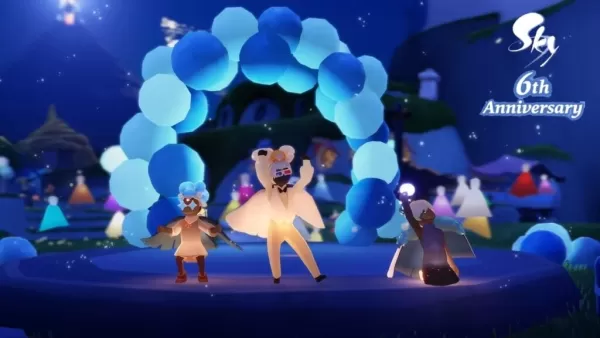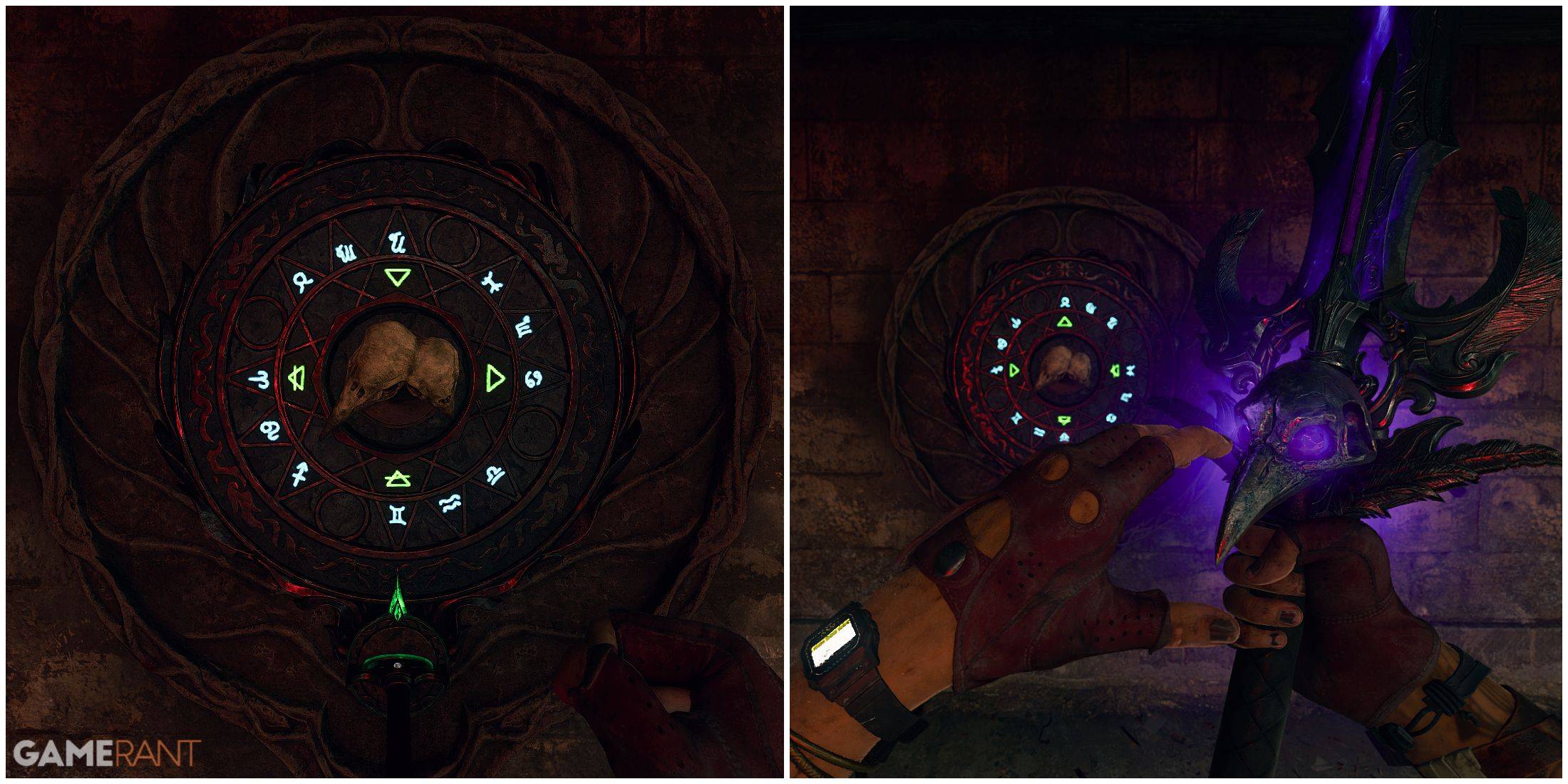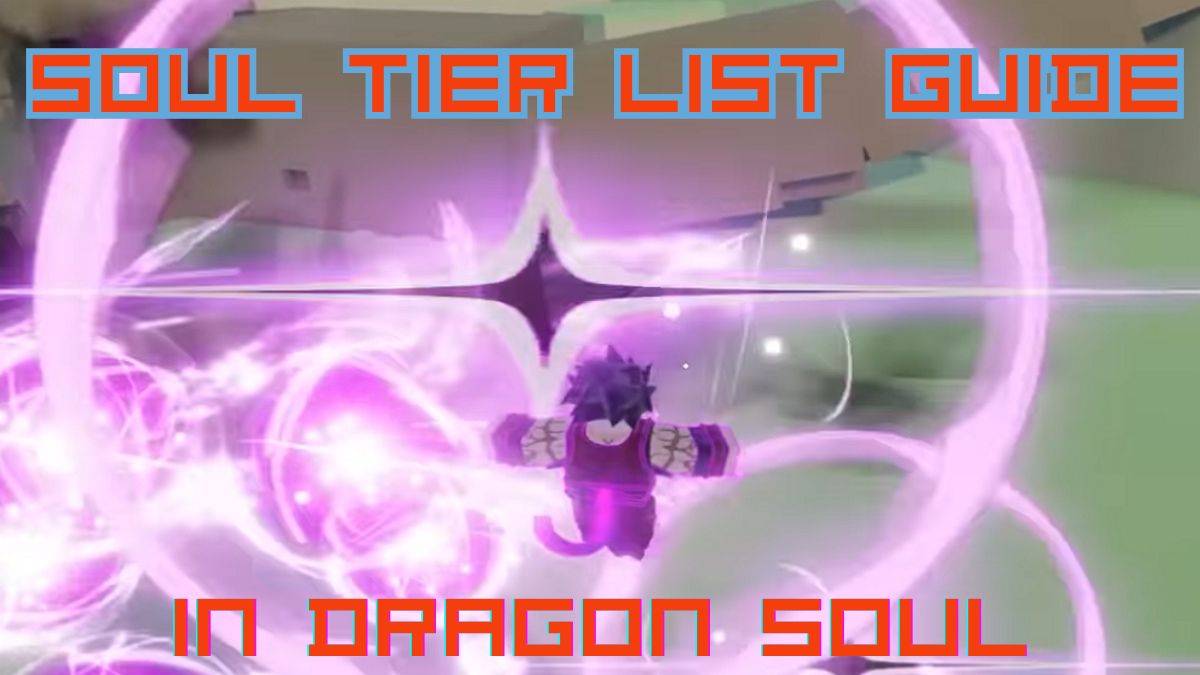Regional Pokémon in Pokémon GO: Where to Catch Them
- By Lucas
- Apr 03,2025
In the world of *Pokémon GO*, regional Pokémon are a unique aspect of the game that adds an exciting layer of exploration and adventure. These special creatures are tied to specific locations around the globe, making them exclusive to certain regions. Initially, there was just one regional Pokémon, but over time, the number has grown significantly, offering players a whole dozen to discover. In this comprehensive guide, we'll delve into the world of regional Pokémon, detailing each generation and the locations where you can catch these coveted creatures.
Table of Content ---
- What are regional Pokémon?
- Generation One
- Generation Two
- Generation Three
- Generation Four
- Generation Five
- Generation Six
- Generation Seven
- Generation Eight
- 0 0 Comment on this
What are regional Pokémon?
Regional Pokémon are unique in that they are found only in specific parts of the world. To capture these elusive creatures, players must travel to different countries or continents, fostering a sense of global community and bringing together enthusiasts from around the world. Unfortunately, due to the vast number of Pokémon and their diverse habitats, creating a comprehensive Pokémon GO regional map is impractical. Instead, we've organized these Pokémon by their chronological appearance in the series for your convenience.
Generation One
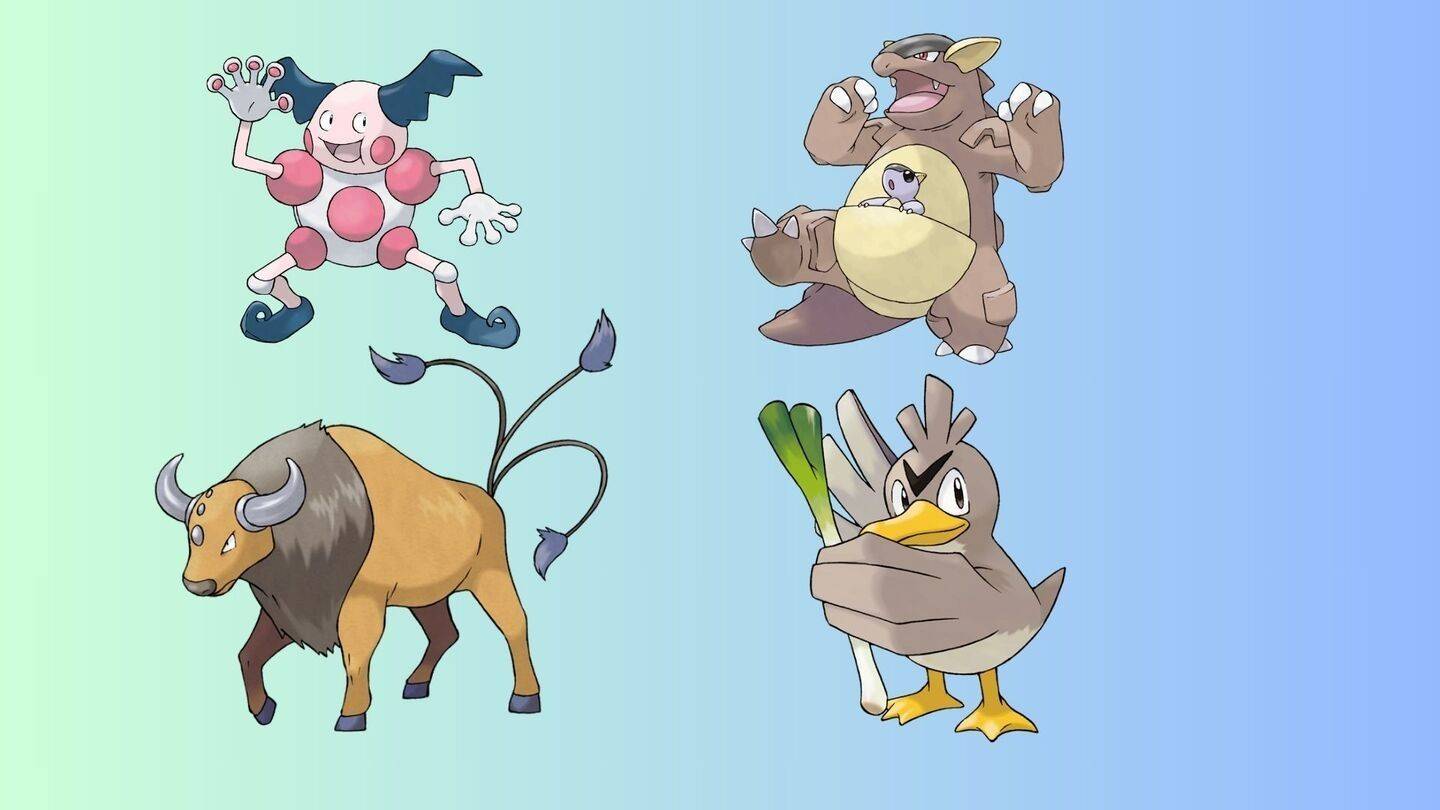 Image: ensigame.com
Image: ensigame.com
The first generation of regional Pokémon is widely distributed across the globe, making them relatively easy to find in bustling locations such as malls, cinemas, or shopping centers.
| Name | Region |
|---|---|
| Mr. Mime | Europe |
| Kangaskhan | Australia |
| Tauros | USA |
| Farfetch'd | Japan, South Korea, Taiwan, Hong Kong |
Generation Two
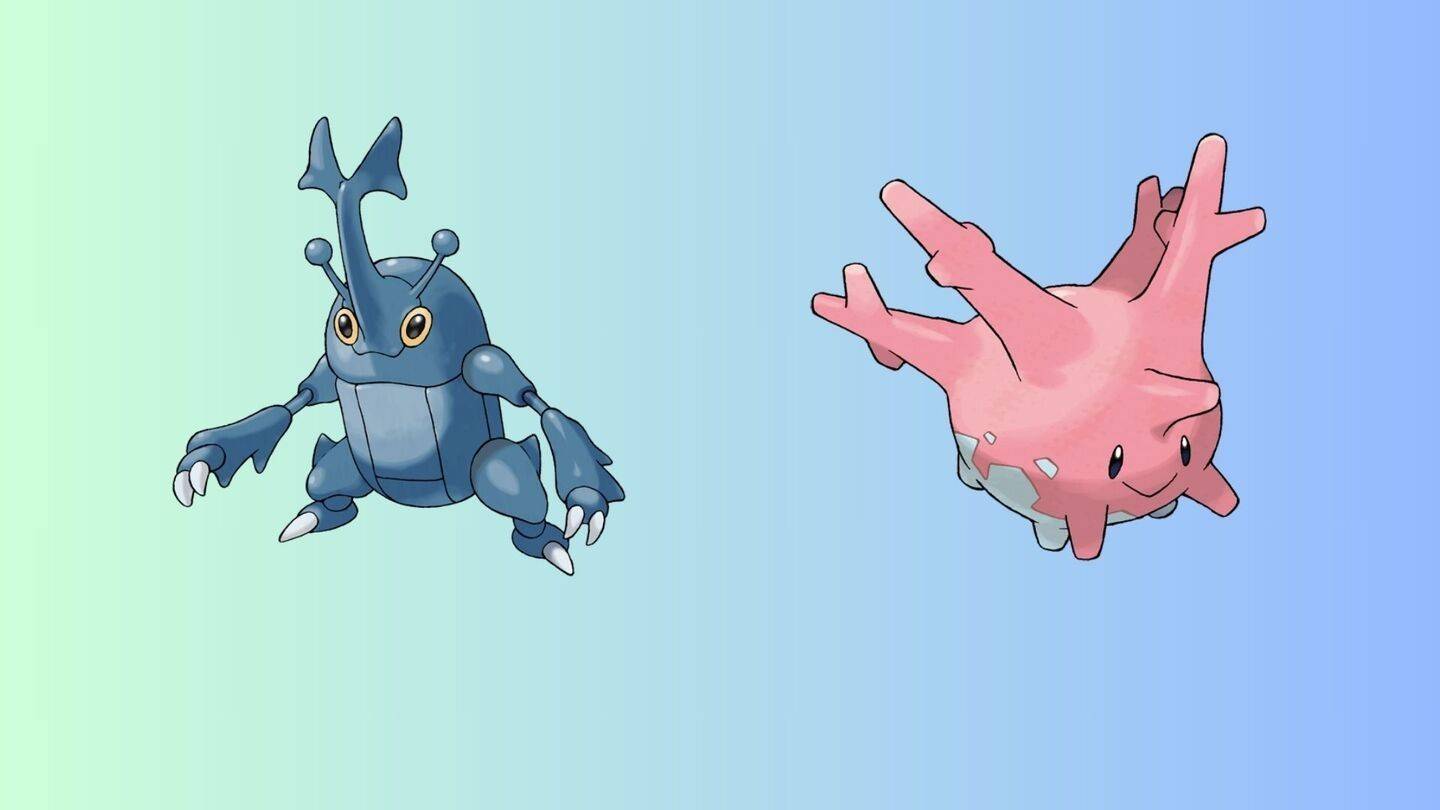 Image: ensigame.com
Image: ensigame.com
The second generation's regional Pokémon are found in less common countries, though there are fewer of them compared to the first or third generations. While Heracross can be caught relatively easily, capturing Corsola requires meeting specific conditions.
| Name | Region |
|---|---|
| Heracross | Central and South American regions |
| Corsola | Tropical areas near coastlines, specifically between 31° North latitude and 26° South latitude |
Generation Three
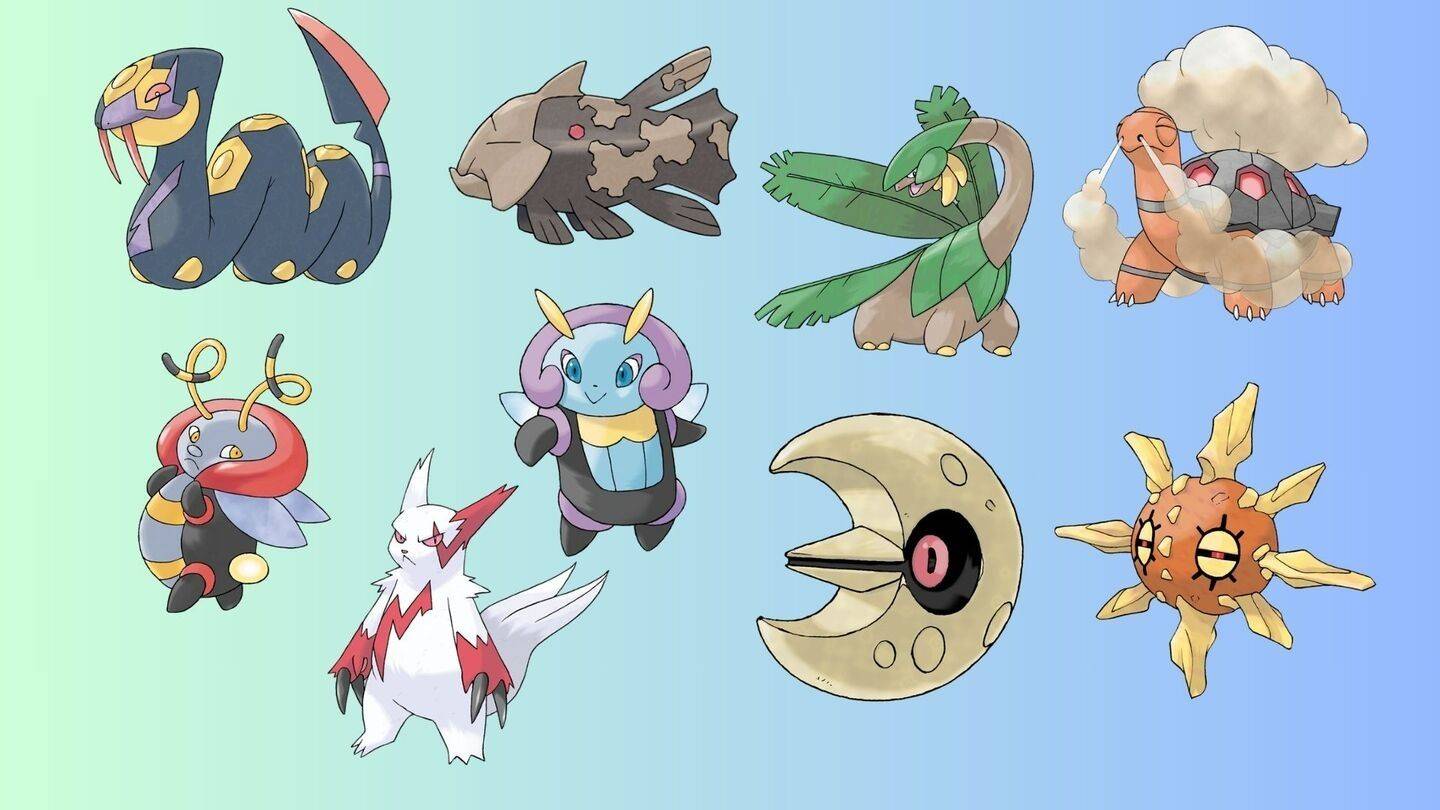 Image: ensigame.com
Image: ensigame.com
The third generation's regional Pokémon are scattered worldwide, requiring a global tour to collect them all. Most can be found in North and South America, and unlike the previous generation, they don't require specific conditions to capture.
| Name | Region |
|---|---|
| Volbeat | Europe, Asia, Australia |
| Zangoose | |
| Illumise | America and Africa |
| Lunatone | Western Hemisphere – West of Greenwich Meridian Line in Europe and Africa, North and South America |
| Solrock | Eastern Hemisphere – East of Greenwich Meridian Line in Europe and Africa, Asia, Australia, Middle East |
| Seviper | America and Africa |
| Relicanth | New Zealand, adjacent islands |
| Tropius | Africa, Middle East |
| Torkoal | Western Asia, Southeast Asia |
Generation Four
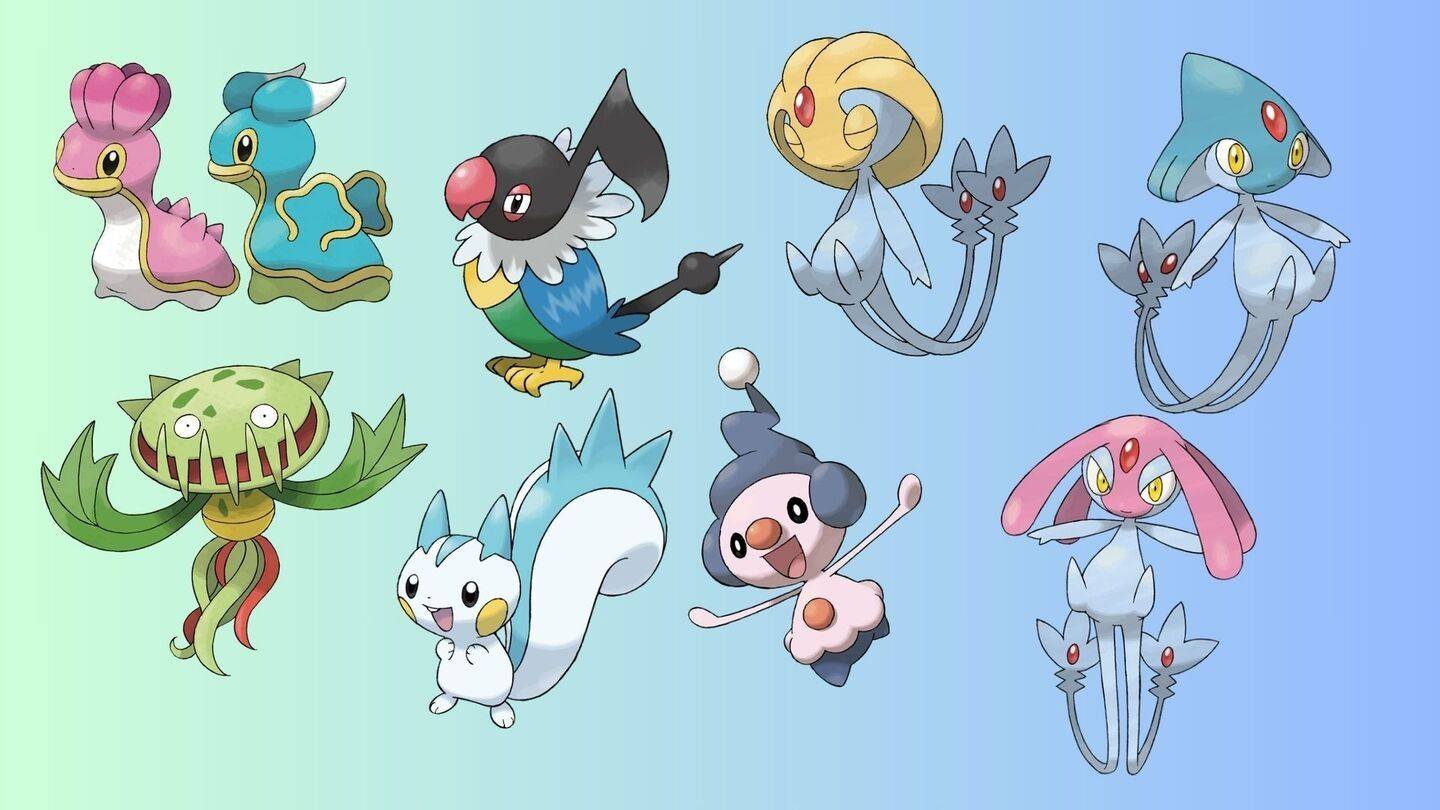 Image: ensigame.com
Image: ensigame.com
The fourth generation's list is less extensive but includes many fascinating creatures. Most are found in Europe, narrowing down the countries you need to visit. Additionally, these Pokémon often inhabit crowded places, making your search more focused.
| Name | Region |
|---|---|
| Carnivine | USA (Southeast) |
| Pachirisu | Alaska, Canada, Russia |
| Mime Jr. | Europe |
| Mesprit | Europe, Africa, Asia, Middle East |
| Azelf | North and South America, Greenland |
| Uxie | Asia-Pacific |
| Chatot | Southern Hemisphere |
| Shellos | Pink: Western Hemisphere. Blue: Eastern Hemisphere |
Generation Five
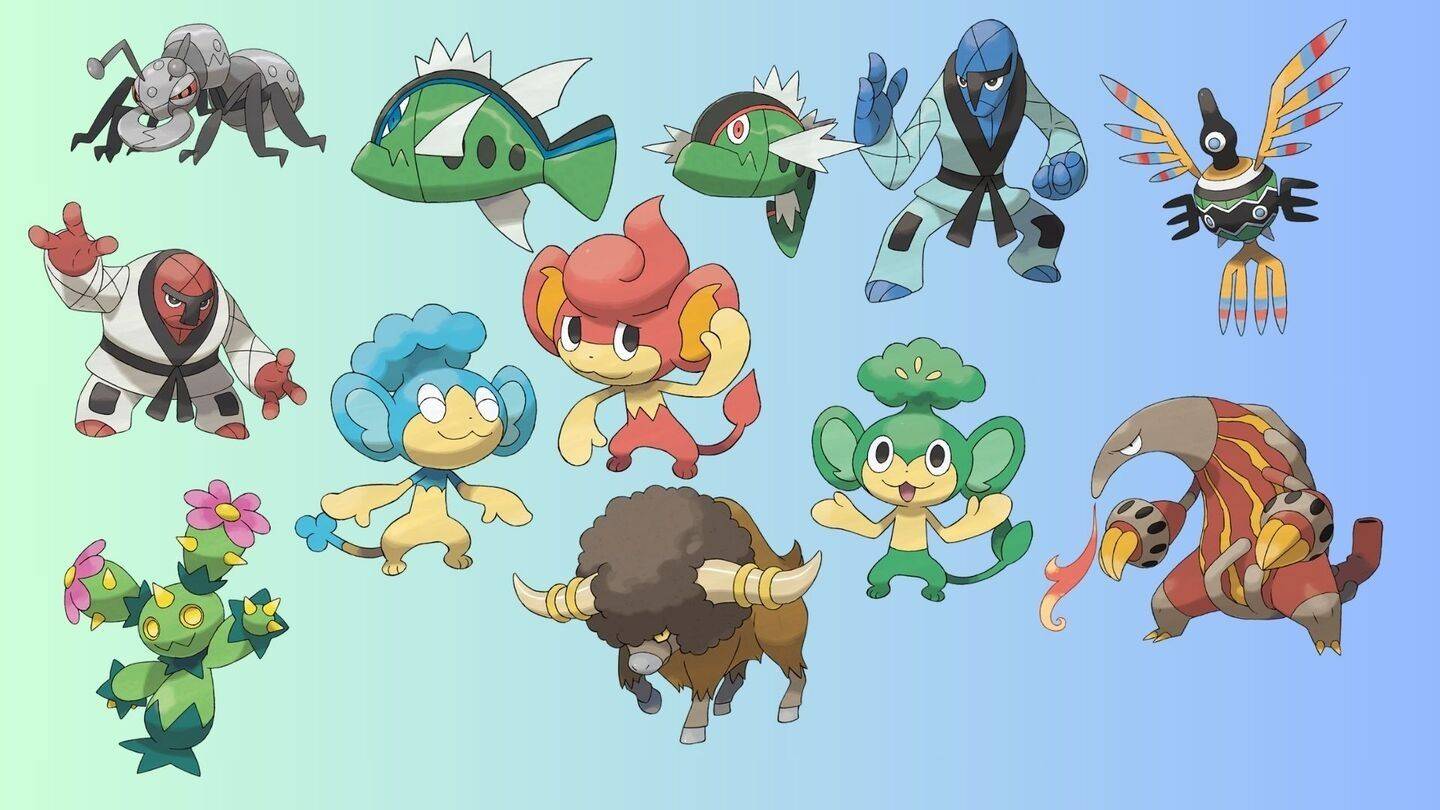 Image: ensigame.com
Image: ensigame.com
The fifth generation's regional Pokémon are notable for their diverse habitats, venturing into unique locations like Egypt and Greece. This generation features a variety of Pokémon types, each choosing different countries for their homes.
| Name | Region |
|---|---|
| Throh | North and South America, Africa |
| Pansear | Europe, Middle East, India, Africa |
| Maractus | Mexico, Central and South America |
| Panpour | North and South America, Greenland |
| Bouffalant | New York |
| Pansage | Asia-Pacific Region |
| Heatmor | Europe, Asia, Australia |
| Durant | North and South America, Africa |
| Basculin | Red: Eastern Hemisphere. Blue: Western Hemisphere |
| Sawk | Europe, Asia, Australia |
| Sigilyph | Egypt, Greece |
Generation Six
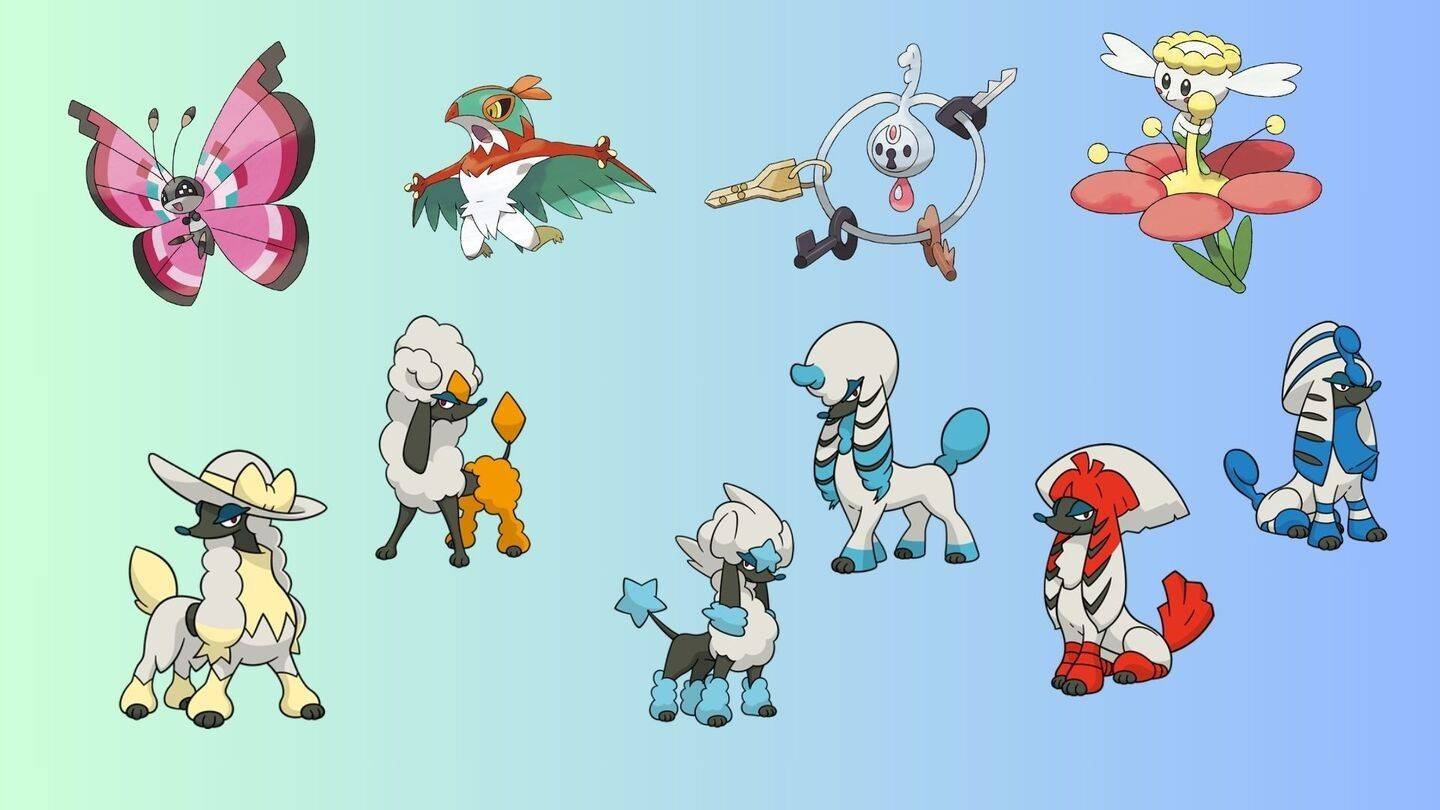 Image: ensigame.com
Image: ensigame.com
The sixth generation has fewer regional Pokémon than the fifth. These Pokémon are scattered across various regions, so you'll need to choose your target and embark on a journey to find it.
| Name | Region |
|---|---|
| Furfrou (Debutante) | America |
| Furfrou (Diamond) | Europe, Middle East, Africa |
| Furfrou (Star) | Asia-Pacific |
| Furfrou (La Reine) | France |
| Furfrou (Kabuki) | Japan |
| Furfrou (Pharaoh) | Egypt |
| Flabebe | Europe, Middle East, Africa |
| Klefki | Everywhere, but most often spotted in: Brussels and Antwerp, Basel and Lausanne, Turin, Logroño, Kaiserslautern, Freiburg im Breisgau, and Karlsruhe |
| Hawlucha | Mexico |
| Vivillon | Everywhere |
Generation Seven
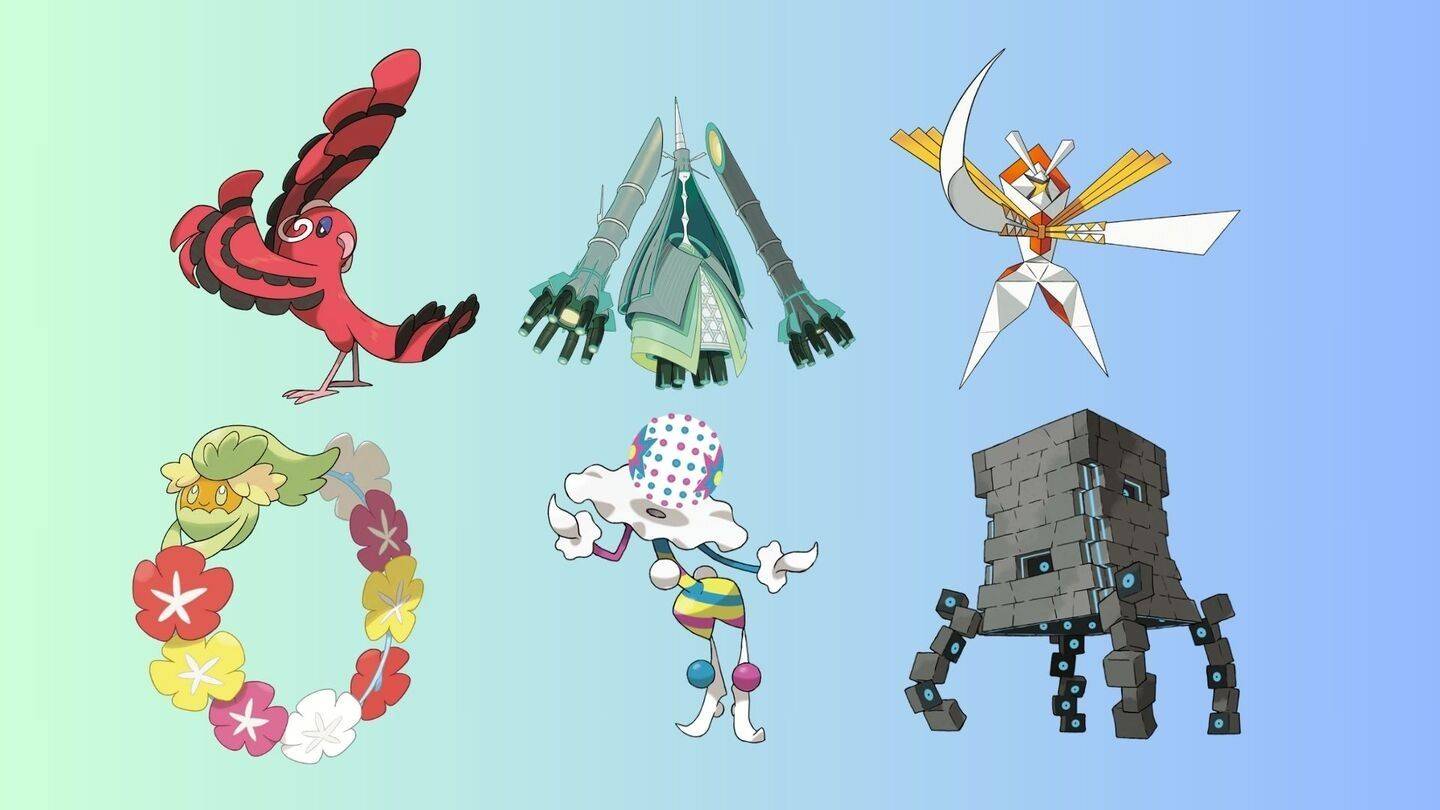 Image: ensigame.com
Image: ensigame.com
The seventh generation's regional Pokémon are true travel enthusiasts, available in nearly every corner of the world. No matter where you plan your next vacation, you're likely to encounter one of these fascinating creatures.
| Name | Region |
|---|---|
| Stakataka | Eastern Hemisphere |
| Blacephalon | Western Hemisphere |
| Comfey | Hawaii |
| Oricorio | Europe, Middle East, Africa, America, Pacific and Caribbean Islands |
| Celesteela | Southern Hemisphere |
| Kartana | Northern Hemisphere |
Generation Eight
The eighth generation introduces Stonjourner, the only regional Pokémon of this generation. To add Stonjourner to your collection, head to the United Kingdom and explore its landmarks outside the city. You might just find this unique Pokémon waiting for you!
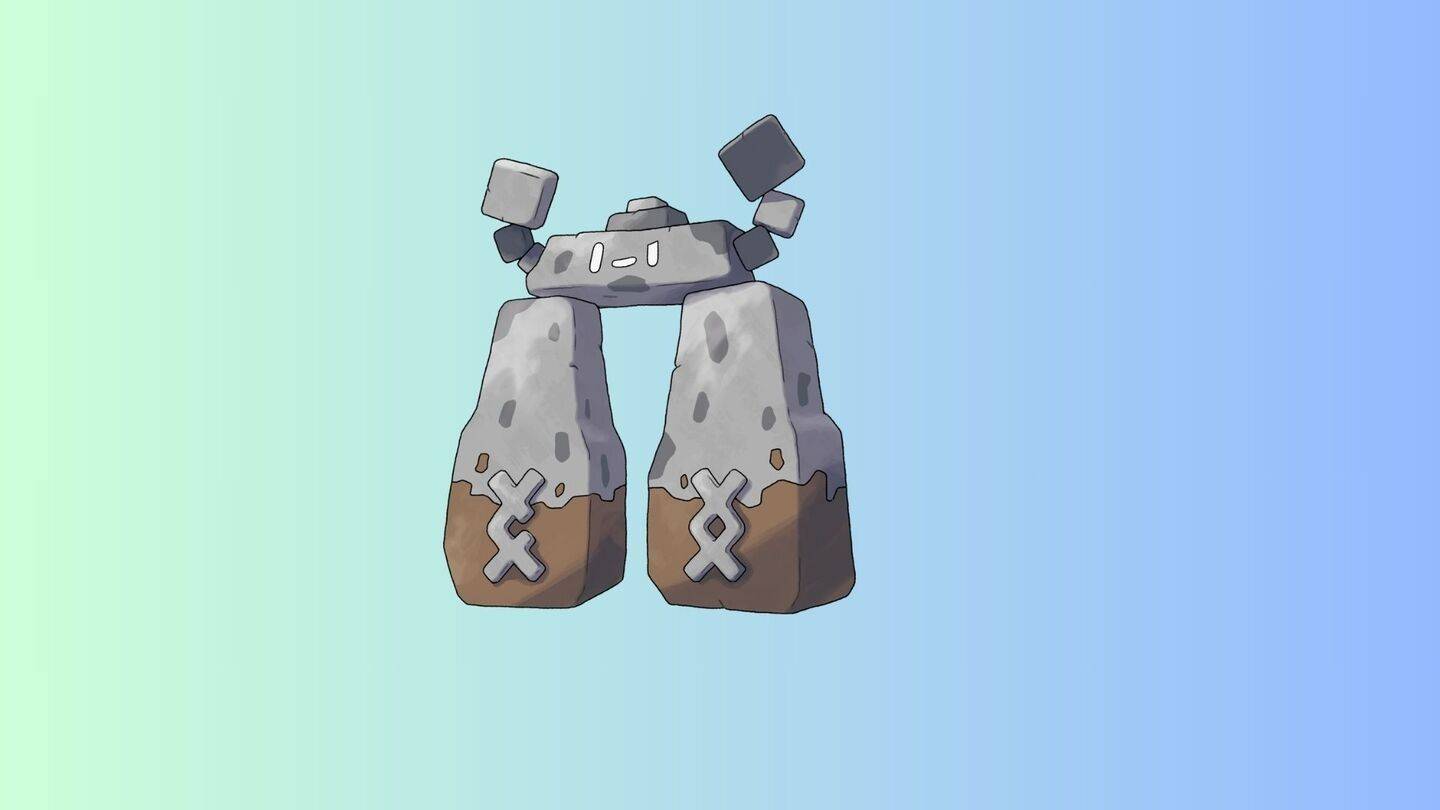 Image: ensigame.com
Image: ensigame.com
We hope this guide has been helpful in understanding regional Pokémon and their locations. Have you caught any of these regional fighters? Share your experiences with us in the comments!
Latest News
more >-
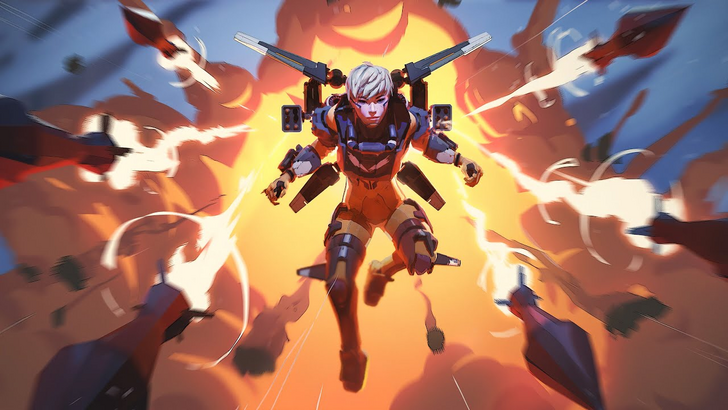
- Apex Legends Cuts Steam Deck Over Cheating
- Nov 13,2025
-

-
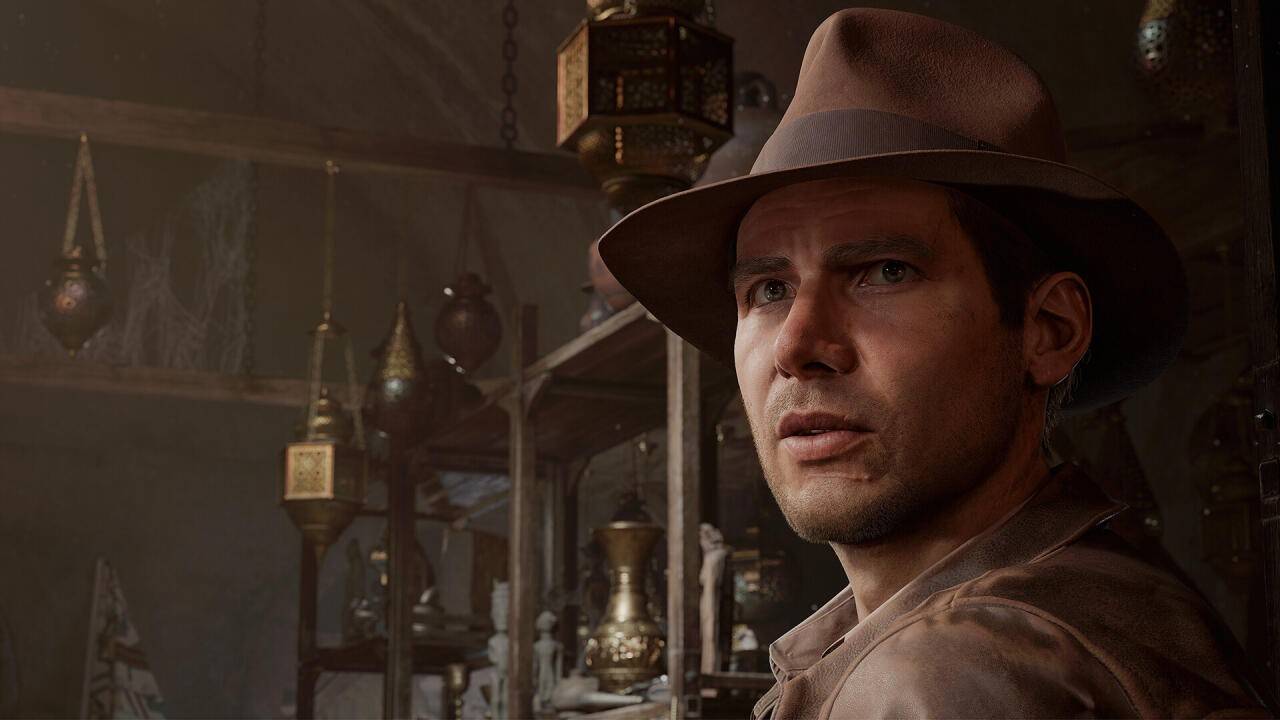
- Indiana Jones Game Set for PS5 Release in April
- Nov 12,2025
-

-
